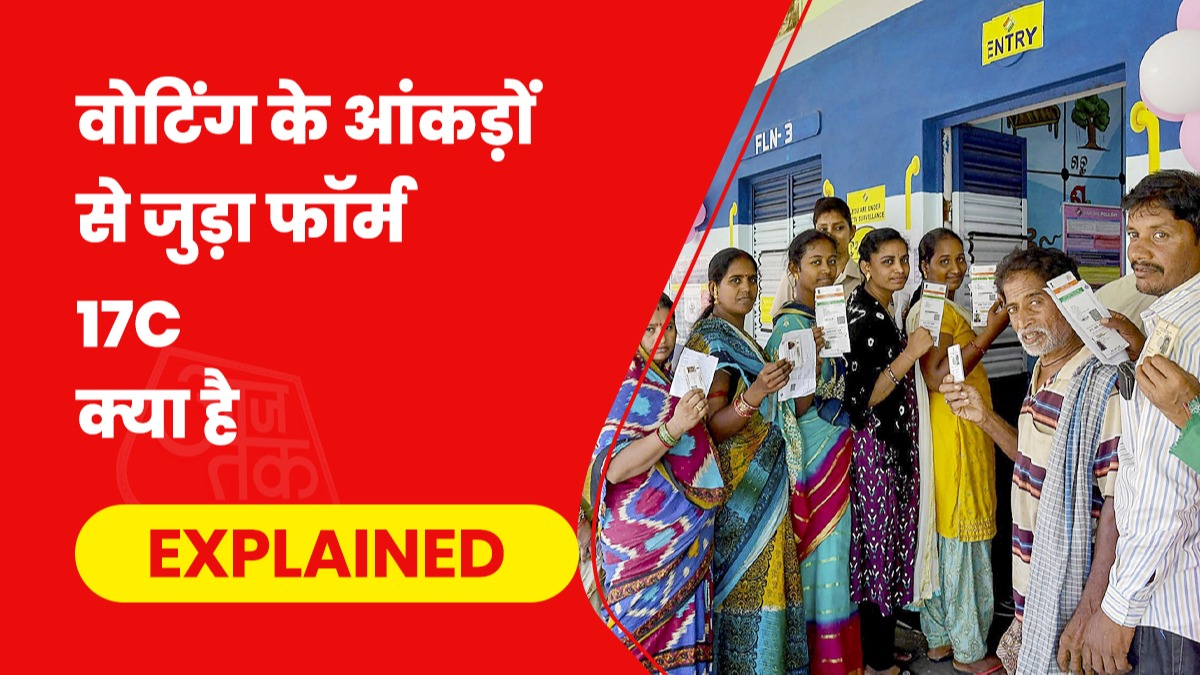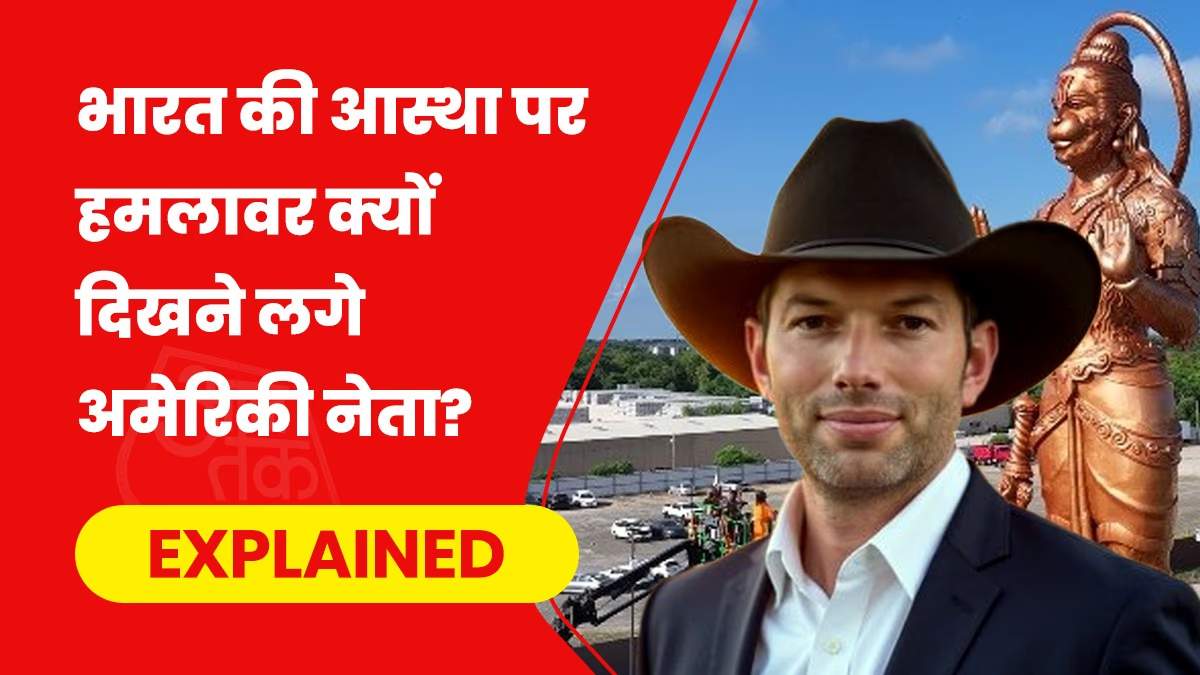Amidst the hustle of parliamentary elections, allegations of inconsistencies in voting data are surfacing. Several political parties assert that the percentage of votes recorded on the day of the elections varies significantly a week later. The Supreme Court has witnessed a petition in this regard. It has been requested that the Supreme Court orders the Election Commission to publish scanned copies of Form 17C on their website.
The Election Commission has opposed this petition in the Supreme Court. They argue that if Form 17C is published, it could lead to chaos within the election machinery. Additionally, they suggest that after uploading, alterations could be made to the images of this form, potentially eroding public trust in the electoral process.
The Association for Democratic Reforms (ADR) filed a petition in the Supreme Court accusing the Election Commission of tampering with voting percentage data. The ADR stated in its petition that the Election Commission released voting percentage data several days after the elections. On 19th April, initial data for the first phase of the elections was published 11 days after voting, whereas data for the second phase on 26th April appeared after a four-day gap. Moreover, claims were made of a 5% discrepancy between initial and final data figures.
The ADR insisted that the Election Commission upload the scanned copy of Form 17C on their website within 48 hours after the conclusion of voting. During a hearing on 17th May, the bench, comprising Chief Justice D.Y. Chandrachud, Justice J.B. Pardiwala, and Justice Manoj Mishra, questioned the Election Commission on why the data from Form 17C couldn't be disclosed. The Election Commission responded on Wednesday with a 225-page affidavit. The next hearing on this matter is slated for 24th May.
What is Form 17C?
According to the Conduct of Election Rules 1961, there are two forms that contain voter data: Form 17A and Form 17C.
While Form 17A is used by polling officers to document details of every voter, Form 17C records voter turnout data. Form 17C is filled out post-voting, and a copy is provided to the polling agent of each candidate.
Form 17C contains data on the total number of registered voters at a booth and the number who actually voted. It is fundamental to understanding the percentage of voting at the booth. Such data is not typically displayed on the Election Commission's voter turnout app.
There are two parts to Form 17C. The first part records voter turnout data, and the second is filled on counting day with the results.
Understanding the necessity of Form 17C, the rules of the Conduct of Election Rules 1961 specify that it is the responsibility of every booth's polling officer to maintain a record of every vote cast. Polling agents can request this record, and officers are mandated to provide a signed copy of Form 17C to them. This is believed to be a crucial measure to prevent election fraud and tampering with electronic voting machines (EVM).
The significance of accurate voting percentages is underscored by the discrepancies observed. The final data for the initial phase released by the Election Commission showed a higher turnout than initially reported, raising questions among various opposition parties, including the Congress. During Supreme Court proceedings, the Election Commission mentioned that data verification at all levels is time-consuming, hence the delay in publishing final figures.




